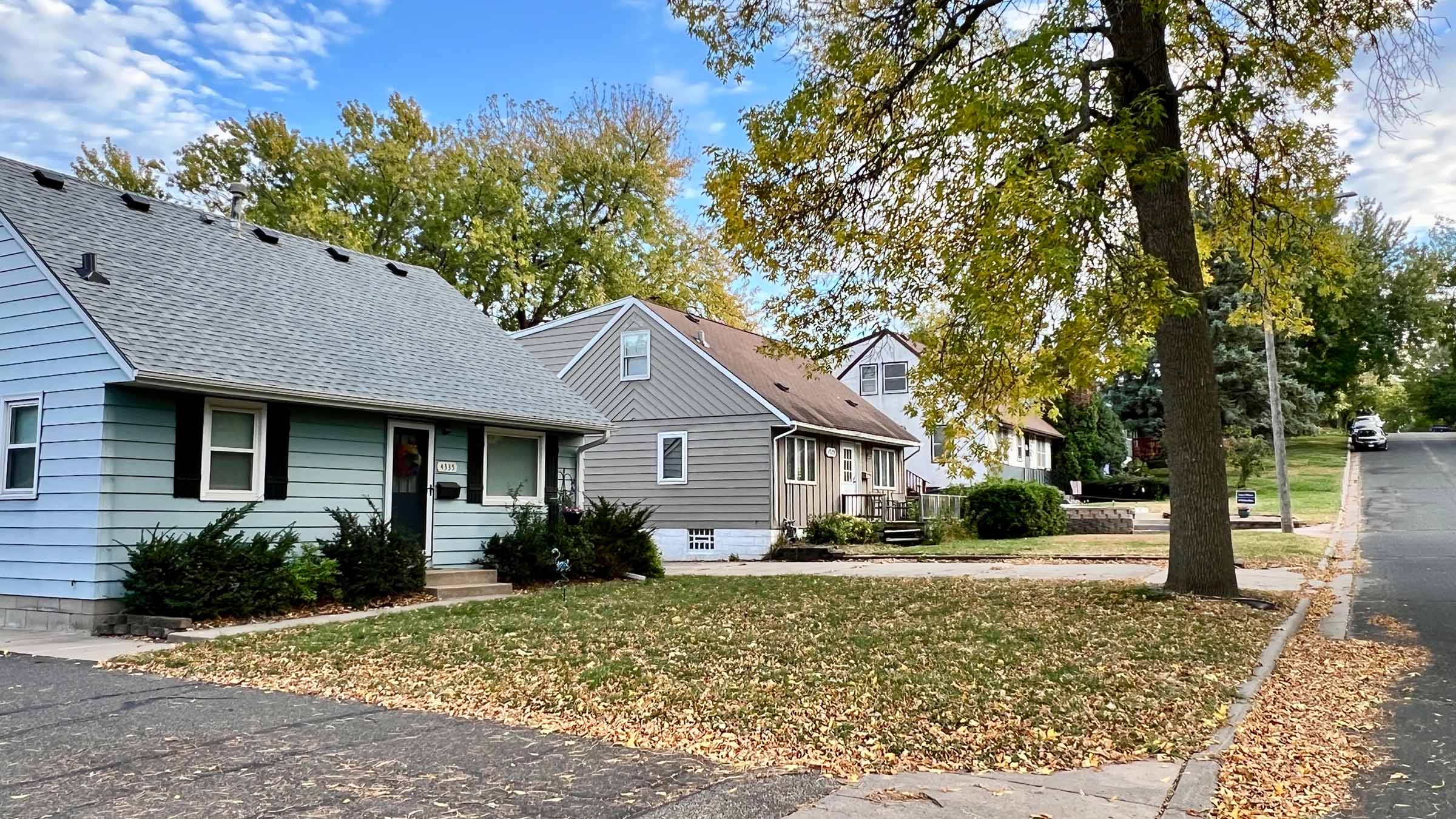Data from a recent report suggest that having a housing voucher does not necessarily mean families with children will be able to access housing units in areas with highly rated schools and easy access to job opportunities, even when the voucher program’s standards deem those housing units affordable. The report highlights important areas for further research into understanding how vouchers may be more effective in supporting families’ physical and economic mobility alike.
According to Where Families With Children Use Housing Vouchers, when Twin Cities-area families with children access a Housing Choice voucher (HCV), they are more likely to use it in high-poverty neighborhoods. This occurs even though a relatively large number of voucher-affordable units exist in low-poverty neighborhoods. The report also reveals racial segregation patterns in the distribution of both voucher-affordable units and voucher-holding families.
This information comes courtesy of researchers at the Center on Budget and Policy Priorities (CBPP) and the Poverty & Race Research Action Council (PRRAC), who examined data from the U.S. Department of Housing and Urban Development (HUD) Housing Choice voucher program alongside data on rental markets in the nation’s 50 most populous metropolitan areas. The trends revealed in the Twin Cities reflect findings that hold true in all 50 markets.
Voucher basics
Eligibility for the HCV program is income-based, with most vouchers going to families categorized as low-income. For example, the average income of a household receiving an HCV in the Twin Cities in 2017 was about $16,500. On average, three people live in a voucher-recipient household. Qualification for a voucher doesn’t guarantee access. Funding levels are too low to provide a voucher for all eligible families, so the waiting time for vouchers stretches into the years in many jurisdictions.
When a household is able to use an HCV, its rent is subsidized. The household commits about 30 percent of its earnings to its rental and utility payments. Any gap between that amount and the fair-market rent of the housing unit is paid by the federal government.
Fair-market rents can be determined down to the ZIP Code level, in which cases they are known as “small-area fair-market rents.” These can vary significantly by neighborhood and are based on HUD’s calculations of market rents. Within the Twin Cities metro, HUD’s calculated small-area fair-market rent for a two-bedroom apartment ranges from $990 to $1,730; for the metro on the whole, the fair-market rent for a two-bedroom apartment is $1,151.
When calculating housing units’ affordability for voucher holders’ purposes, the report authors use small-area fair-market rents.
Vouchers concentrated in high-poverty areas, under-utilized in low-poverty areas
The CBPP and PRRAC researchers report that roughly 219,000 housing units are voucher-affordable in the Twin Cities to the roughly 11,000 families with children who access the HCV program.
Both the voucher-affordable housing units and voucher-holding families are disproportionately located in high-poverty neighborhoods. While about 8 percent of the neighborhoods in the Twin Cities metro meet the researchers’ definition of a “high-poverty” area, such neighborhoods host 16 percent of the region’s voucher-affordable housing units and 24 percent of the region’s families with children that use an HCV.
By contrast, while voucher-affordable units are well represented in “high-opportunity” areas, voucher-holding families are underrepresented. About 31 percent of the neighborhoods in the metro meet the authors’ definition of a high-opportunity neighborhood, a definition indicating a neighborhood’s access to jobs and highly rated schools, among other factors. While these neighborhoods host a nearly proportional 27 percent of the region’s voucher-affordable units, only 16 percent of voucher-eligible families with children call them home.
Voucher usage patterns influenced by family experience, program design
When a family receives a voucher, how does it choose to where to live? Academics generally point to two factors that influence families’ decisions: individual preferences and structural barriers.
Individual preferences can be heavily influenced by a family’s social capital and lived experiences. For some families, living in a high-poverty area may offer advantages over living in a neighborhood that looks good on paper. Other families, however, may benefit from or even prefer a move but be unaware of their options. Evaluations of programs that offer counseling and exposure to “high-opportunity” neighborhoods suggest that such programs can shift some families’ housing choices.
Building on this research, some jurisdictions in Minnesota are investing in programs that include counseling services for voucher holders (see “Mobility-based housing programs seek to move low-income families to low-poverty neighborhoods, in Community Dividend.).
Structural barriers can be market-based or driven by local policy choices. Surveys in large American cities reveal significant variation in the share of landlords willing to accept vouchers. One group of researchers recently found that voucher holders were 27 percentage points less likely to be called back by a potential landlord in Washington, D.C. Some jurisdictions explicitly prohibit and penalize such discrimination; others do not, and may be restricted from doing so by state laws.
Vacancy and turnover rates in “high-opportunity” neighborhoods are also influenced by local market conditions and may lessen opportunities for voucher usage. Nevertheless, policymakers have options that may provide voucher holders additional opportunities to seek out such neighborhoods.
For example, some jurisdictions are raising the maximum rent payment in high-opportunity, high-cost areas to make more units eligible for vouchers. So far, the results have been mixed. In some markets, like Washington, D.C., the increased payment resulted in a larger proportion of families with HCVs moving into high-opportunity neighborhoods; in others, like Chattanooga, it did not.
Housing agencies can take other steps to provide a longer search period for recipients looking for eligible housing, thus reducing the pressure to find an eligible property quickly. Some local jurisdictions are recruiting landlords by offering financial incentives and streamlining some of the administrative processes that come with HCV tenants.
Finally, policymakers can invest in policies that provide opportunities in neighborhoods with higher poverty rates. Place-based policies have the potential to improve conditions in neighborhoods and, in neighborhoods that are developing economically, may help families who remain in place as housing prices rise. Place-based policies have a mixed track record; recent research calls attention to key characteristics of successful (and unsuccessful) place-based public investments.





